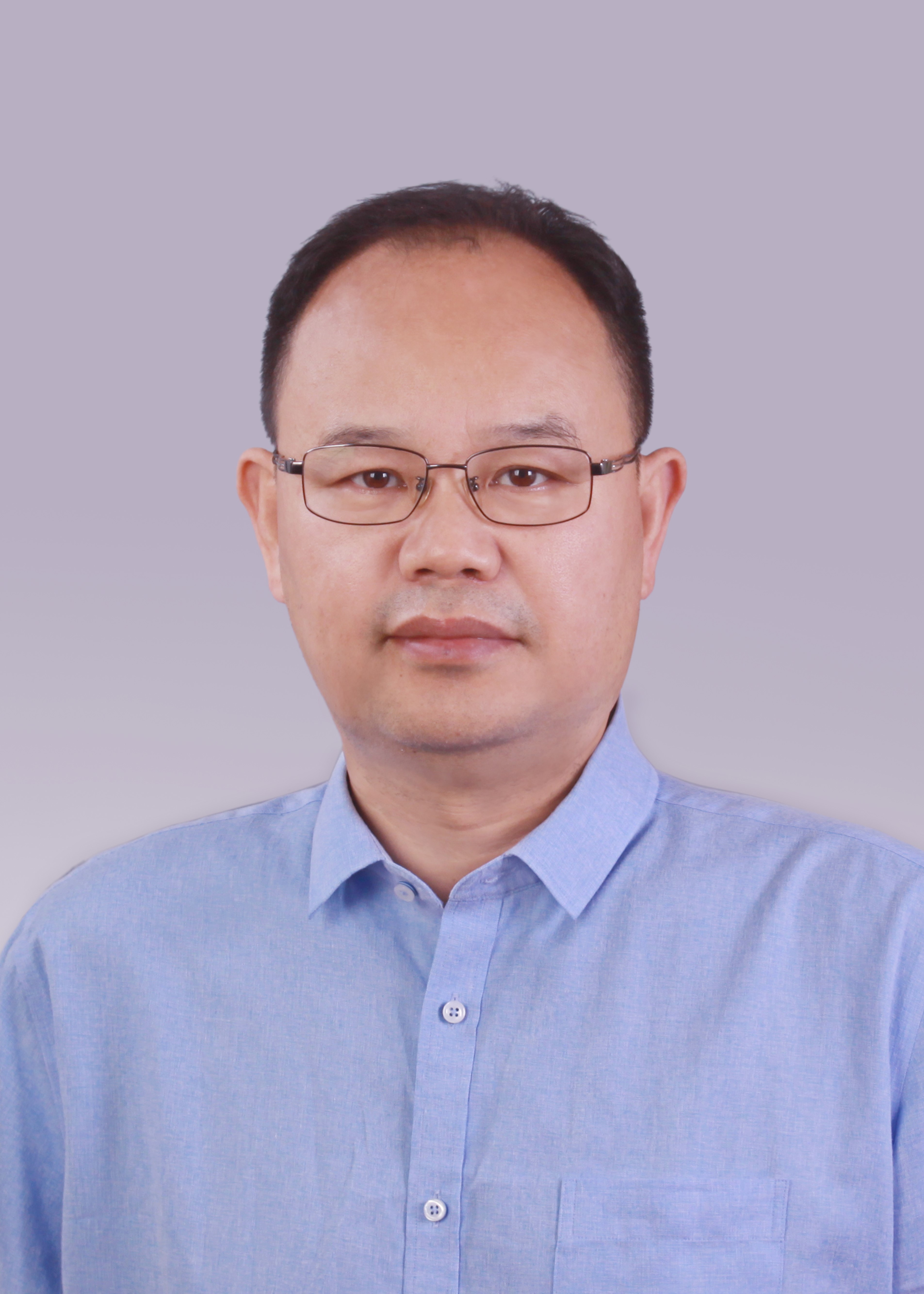
搜索网站、位置和人员

新闻与活动 活动信息
Chemistry Colloquium | 李微雪教授:纳米催化材料的稳定性理论
时间
2022年6月23日(周四)
下午16:00-17:30
地点
西湖大学云栖校区5号楼一楼学术报告厅
主持
西湖大学理学院PI 王涛 博士
受众
全体师生
分类
学术与研究
Chemistry Colloquium | 李微雪教授:纳米催化材料的稳定性理论
时间:2022年6月23日(周四)下午16:00-17:30
Time:16:00-17:30, Thursday, June 23rd, 2022
主持人: 西湖大学理学院PI 王涛 博士
Host: Dr. Tao Wang, PI of School of Science, Westlake University
地址:西湖大学云栖校区5号楼一楼学术报告厅
Venue: Lecture Hall, 1F, Building 5, Yunqi Campus, Westlake University

李微雪 教授
中国科学技术大学化学与材料科学学院化学物理系,
合肥微尺度物质科学国家研究中心
Prof. Wei-Xue Li,
School of Chemistry and Materials Science, Hefei National Research Center for Physical Sciences at the Microscale, University of Science and Technology of China, Hefei, China.
主讲人/Speaker:
李微雪教授于1992年在武汉大学物理系获学士、1998年在中国科学院力学研究所获博士学位。1999-2004年在德国马普协会Fritz Haber研究所、丹麦Aarhus大学进行博士后研究,2004年-2015年在中科院大连化学物理研究所催化基础国家重点实验室任课题组长,2015年至今在中国科学技术大学化学与材料科学学院、合肥微尺度物质科学国家研究中心工作。2004年获中科院百人计划择优支持,2012年获国家杰出青年基金,2014年获中国化学会催化青年奖,2022年获中国科学技术大学杰出研究校长奖。
主要从事理论与计算催化研究,研究方向包括纳米催化材料的动态演化、碳资源分子高效转化、催化材料的晶相调控等。目前发表SCI文章160余篇,包括Science (2篇)、Nature Catalysis (2篇)、Nature Nanotechnology 等。现担任ACS Catalysis 副主编,International Journal of Quantum Chemistry (Wiley)、Catalysis Science and Technology (RSC)、Surface Science (Elsevier)、Chin. J. Catal. 和Chin J. Chem. 等期刊编委。
Prof. Weixue Li received his B.S. degree in physics from Wuhan University in 1992. He obtained his Ph.D. degree from Mechanics Institute of Mechanics, Chinese Academy of Sciences(CAS) in 1998. He worked as a post-doc and collaborated with Prof. Dr. Matthias Scheffler from 1999 to 2002 at theory division, Fritz-Haber Institute, Max-Planck-Society, Berlin, Germany. After that, he worked as a post-doc and collaborated with Prof. Dr. Bjork Hammer at the Department of Physics and Astronomy, Aarhus University, Aarhus, Denmark during 2002 – 2004. He has been appointed the Group Leader of Theoretical Catalysis Group in the State Key Laboratory of Catalysis Dalian Institute of Chemical Physics (DICP), CAS from 2004 to 2015. Since 2015, he worked as a professor at the Department of Chemical Physics, School of Chemistry and Materials Science University of Science and Technology of China. He is the recipient of Hundred Talent, CAS (2004), National Outstanding Youth Fund, National Natural Science Foundation of China (2012), National Youth Catalysis Award, Chinese Society of Catalysis (2014), National High-Level Talent Special Support Program (2016) and USTC President's Award for Outstanding Research (2022).
Prof. Li’s research work mainly focuses on Theoretical and Computational Catalysis including Data Driven Catalysis, Catalysis for Energy and Chemicals, Rational Design of Novel Catalysts, and UltraStable Catalysts. Prof. Li has published over 160 papers, including Science, Nature Catalysis, Nature Nanotechnology, etc.. Prof. Li serves as an associate editor of ACS Catalysis and an editorial board member of Catalysis Science and Technology (RSC), International Journal of Quantum Chemistry (Wiley), Surface Science (Elsevier), Chinese Journal of Catalysis, Chinese Journal of Chemistry and Journal of University of Science and Technology of China.
讲座摘要/Abstract:
研发高效、稳定的催化剂,对于提高反应效率、节能降耗并对我国实现双碳目标具有重要意义,迫切需要先进催化理论的发展和指导。纳米催化剂作为多相催化研究的前沿取得巨大进展,然而稳定性问题是其工业化中生死攸关的主要瓶颈之一。目前,纳米催化剂稳定性研究仍缺乏一般性原理和基础理论,导致寿命试错实验成本高且耗时,极大制约了高活性、高选择性纳米催化剂的商业化。面对此涉及复杂物理化学过程的多学科交叉前沿课题,我们课题组使用以大数据驱动与人工智能科学发现的研究范式,以热诱导和化学诱导纳米催化剂生长动力学作为突破口,揭示了金属与载体界面作用的线性标度原理,建立了界面作用控制纳米催化剂生长动力学理论,提出并发展了利用双功能载体实现超稳定纳米催化剂的高通量设计理论。该理论被大规模分子动力学模拟和大量已发表实验证实,为设计和筛选载体来稳定纳米催化剂奠定了重要科学基础,为改进纳米催化剂的抗烧结提供了相应理论方法。
The stability of supported nanocatalysts is crucial to meeting environmental and energy challenges and necessitates fundamental theory to relieve trial-and-error experimentation and accelerate lab-to-fab translation. Here we report a Sabatier principle of metal-support interaction for stabilizing metal nanocatalysts against sintering based on the kinetic simulations of 323 metal-support pairs using scaling relations from 1252 energetics data. Too strong of an interaction is shown to trigger Ostwald ripening whereas too weak of an interaction stimulates particle migration and coalescence. High-throughput screening of supports enables the sintering resistance of nanocatalysts to reach the Tammann temperature on homogeneous supports and far beyond it on heteroenergetic supports. This theory which is substantiated by first-principles neural network molecular dynamics simulations and experiments paves the way for the design of ultrastable nanocatalysts.
References:
[1] Hu, S. L.; Li, W. X. Science. 2021, 374, 1360.
讲座联系人/Contact:
理学院,陈雅,邮箱:chenya@westlake.edu.cn
School of Science,Ya Chen, Email: chenya@westlake.edu.cn

















